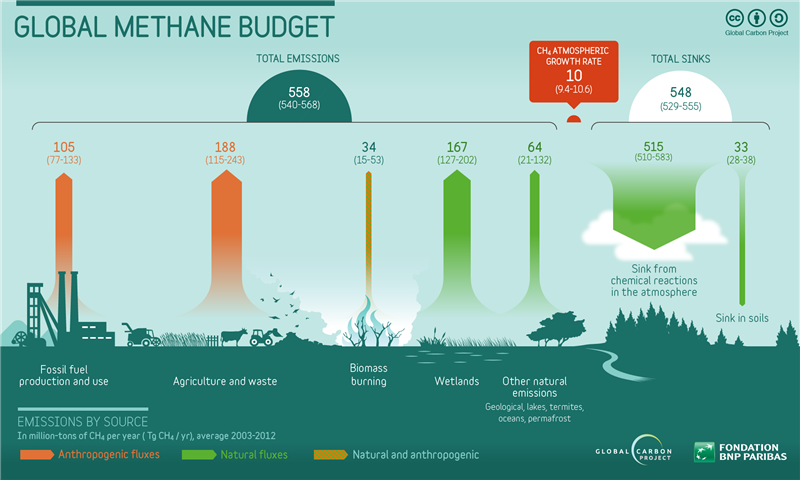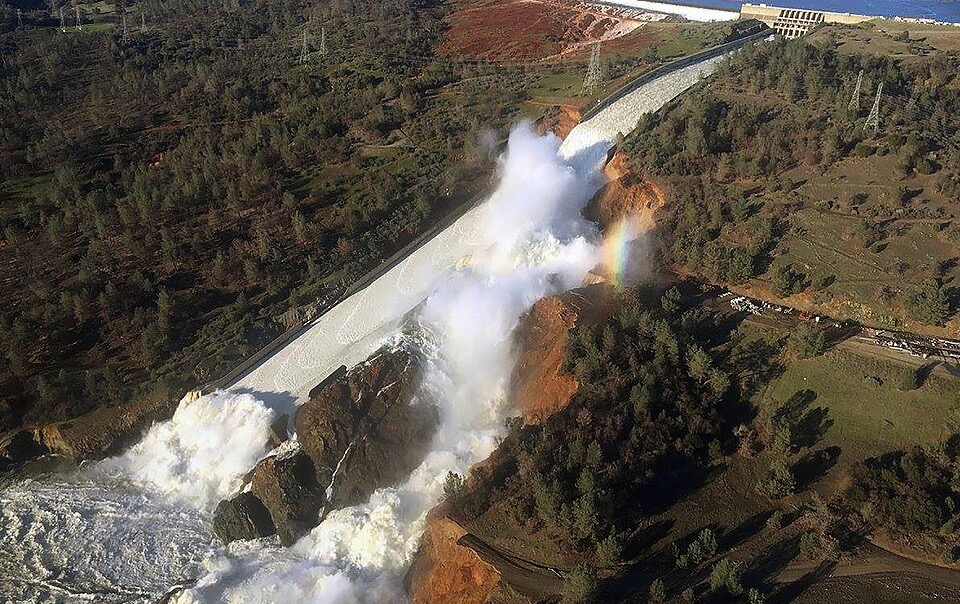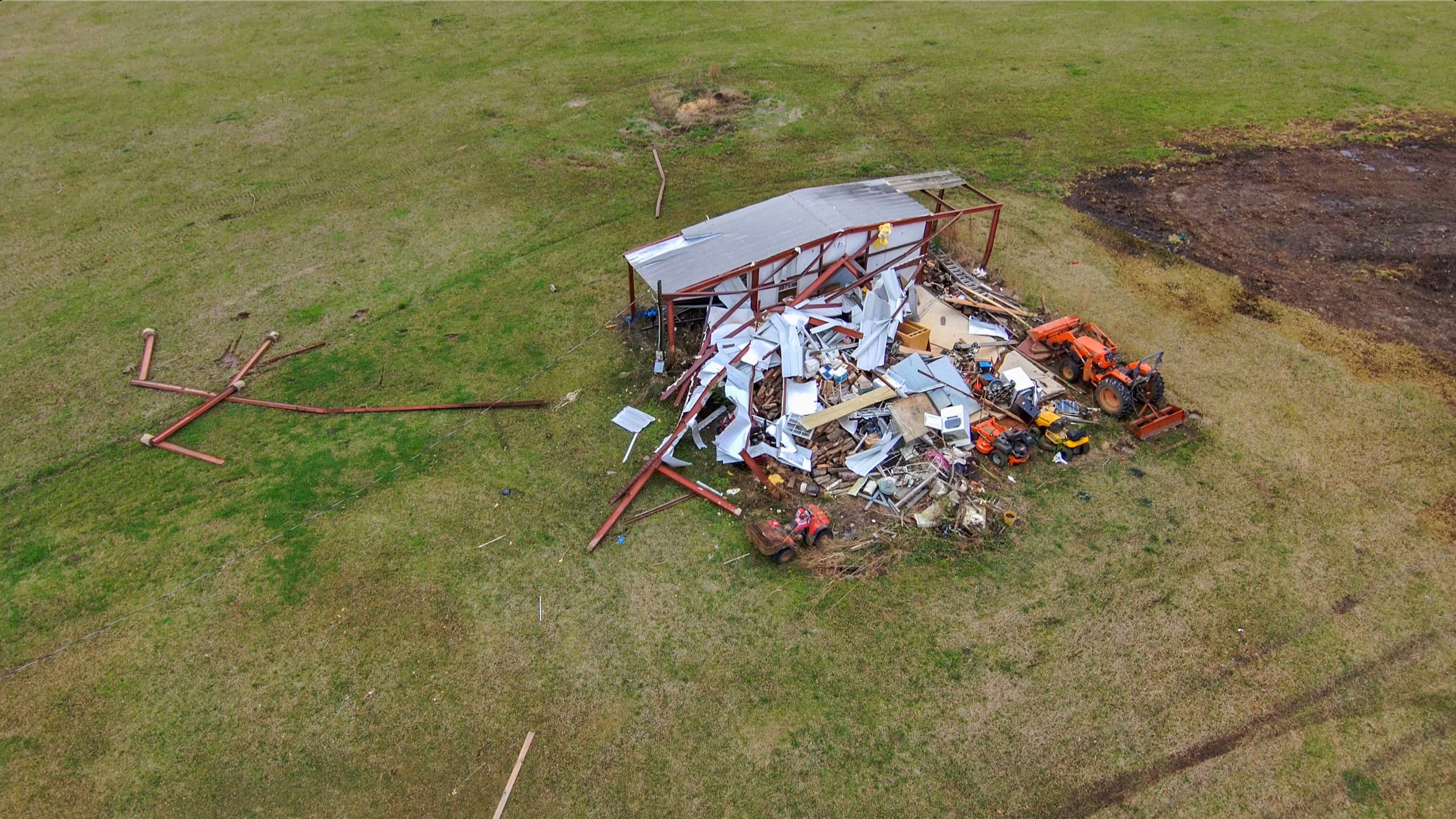A new National Academies of Sciences’ report calls on several federal agencies to work together to improve techniques for measuring one of the most important greenhouse gases produced by humans – methane.
Methane is emitted to the atmosphere by activities such as energy development, agriculture, and waste disposal, as well as by several natural sources. About 60 percent of total global methane emissions are estimated to be generated by humans and about 40 percent by natural processes. Livestock, rice cultivation, landfills and sewage contribute more than half of human-caused methane pollution, while fossil fuel production is responsible for about one third.

Understanding methane sources is important because it is the second-most important contributor to global warming behind carbon dioxide and contributes to smog pollution. Methane is roughly 28 times more efficient at trapping heat in the Earth’s atmosphere over a 100-year time frame, and current levels of methane in the atmosphere are higher than at any point in the past 2,000 years. NOAA’s global greenhouse gas measurement database shows methane levels have been rising steeply since 2006. The underlying causes of this increase in methane levels are not fully known.
A committee of scientists organized by the National Academies of Sciences, Engineering, Medicine conducted the new study at the request of NOAA, NASA, the Environmental Protection Agency and the Department of Energy to identify recommendations for improving our understanding of methane emissions, their sources and how to measure them. While the geographic scope of this study is limited to the U.S., much of the committee’s report could be relevant internationally.
Go online to read the National Academies of Sciences’ press release and download the new report, “Improving characterization of anthropogenic methane emissions in the United States.”
To learn more about NOAA’s global methane measurements, please visit the NOAA Earth System Research Lab Global Monitoring Division website.



